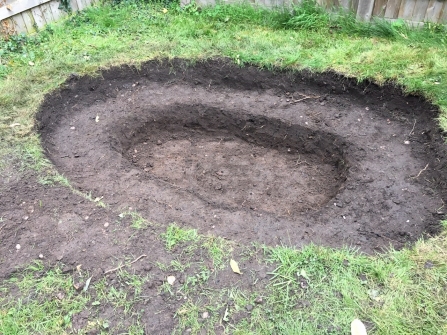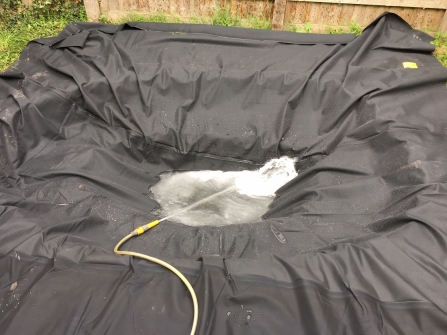The value of gardens for wildlife is becoming increasingly clear. As traditional habitat continues to be lost due to changes in management, development or due to impacts such as climate change, more and more species are coming to rely upon the habitat we create or set aside for wildlife in our gardens.
Sharing your garden with wildlife can be hugely rewarding. As more and more species take up residence you’ll have the opportunity to learn about the habits and characteristics of different creatures and get a chance to experience wildlife at close quarters. Some wildlife can be quite tolerant of human presence and in a garden setting even quite timid species can become accustomed to having an audience; giving us exclusive ‘front row’ seats for a regular spot of wildlife watching.



